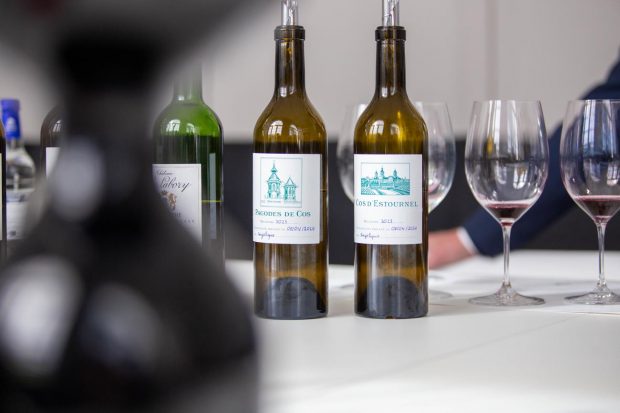Moscato (aka Muscat Blanc or Muscat Blanc à Petits Grains) is part of a wider family of Muscats – some related, some not – which are distinctively fragrant with pronounced aromatics. The Muscat family spans the globe, but when we refer to Moscato we are specifically dealing with Italian styles.
The most famous examples of Italian Moscato are arguably Asti (sparkling wine, which can be dry or with residual sugar) and Moscato d’Asti (low alcohol, sweet frizzante wine), both from Piedmont.
Other styles of Moscato include still dry whites – such as Damarete by Cantine Pupillo on Sicily (see below) – which open up the variety’s wonderful fragrances to an audience of wine lovers who prefer dry white wines, and passito, a late-harvest sweet style where the grapes undergo a drying process to concentrate the flavour compounds and sugars.
When to drink Moscato
Bursting with exotic scents and flavours (think jasmine, apricot, mango and citrus peel), a chilled bottle of Moscato is perfect for summer drinking.
Of course, the sweeter styles could accompany dinners year-round, either at the beginning or the end of a meal.
What to eat with Moscato
Try dry Moscatos with white meats, smoked fish or even lighter terrines. They are also fantastic with crunchy salads.
Sweeter styles can be enjoyed with a variety of cheeses, charcuterie or even creamy desserts.
Five Moscato wines to try
Asda, Extra Special Asti, Piedmont, Italy NV

At just £7 (with occasional reductions) and 7% abv, this sweet, lightly sparkling Moscato from Piedmont is a delicious, traditional and wallet-friendly aperitif. Soft white peach and mango flavours are balanced by good acidity and a prickle of petillance, and its 90g/l of residual sugar is barely apparent. Pair it with a starter of seared scallops for a real treat. 88
Alois Lageder, MUS XXI, Trentino-Alto Adige, Italy 2021

Alois Lageder’s experimental Comet-range pét-nat combines Moscato Giallo with other varieties – Kerner and Grüner Veltliner in this XXI edition; Tannat and Souvignier Gris in the current XXIII edition. Super-saline, doughy and lemony, this sparkling wine is bursting with yellow fruit aromas and flavours, some herbal inflections and a touch of brioche. A great conversation starter. 92
Cantine Pupillo, Damarete Moscato, Siracusa, Sicily, Italy 2021

This vivid yellow-gold Moscato from Siciliy undergoes a 60-day maceration with ‘submerged cap’ fermentation in stainless steel tanks. It has a wonderful mouth-filling texture without being too astringent, with some rich orange peel notes lingering in the background while jasmine, lanolin and apricot skin come to the fore. Enjoy alongside mackerel terrine on fresh crusty bread. 89
Vignalta, Alpianae Passito, Fior d’Arancio Colli Euganei, Veneto, Italy 2018

From the limestone soils of the Euganean Hills in Veneto, the late-picked grapes for this passito wine are dried for four months, pressed, then fermented in French oak barrels for 18 months. Full of fragrant orange blossom, apricot, ginger and honey, it’s rich yet well balanced, with a smooth, round mouthfeel and a long finish. 93
Bocca di Lupo, Kaloro, Moscato di Trani, Puglia, Italy 2021

From the tiny DOC of Moscato di Trani in Puglia, this passito from Antinori’s Tenuta Bocca di Lupo is made from grapes which are dried for approximately seven days to concentrate the flavours and sugars. At around 55g/l of residual sugar, it’s a lighter take on dessert wine with classic Moscato aromatics of orange blossom, peach and citrus peel, and a beautiful apricot definition on the finish. 89





